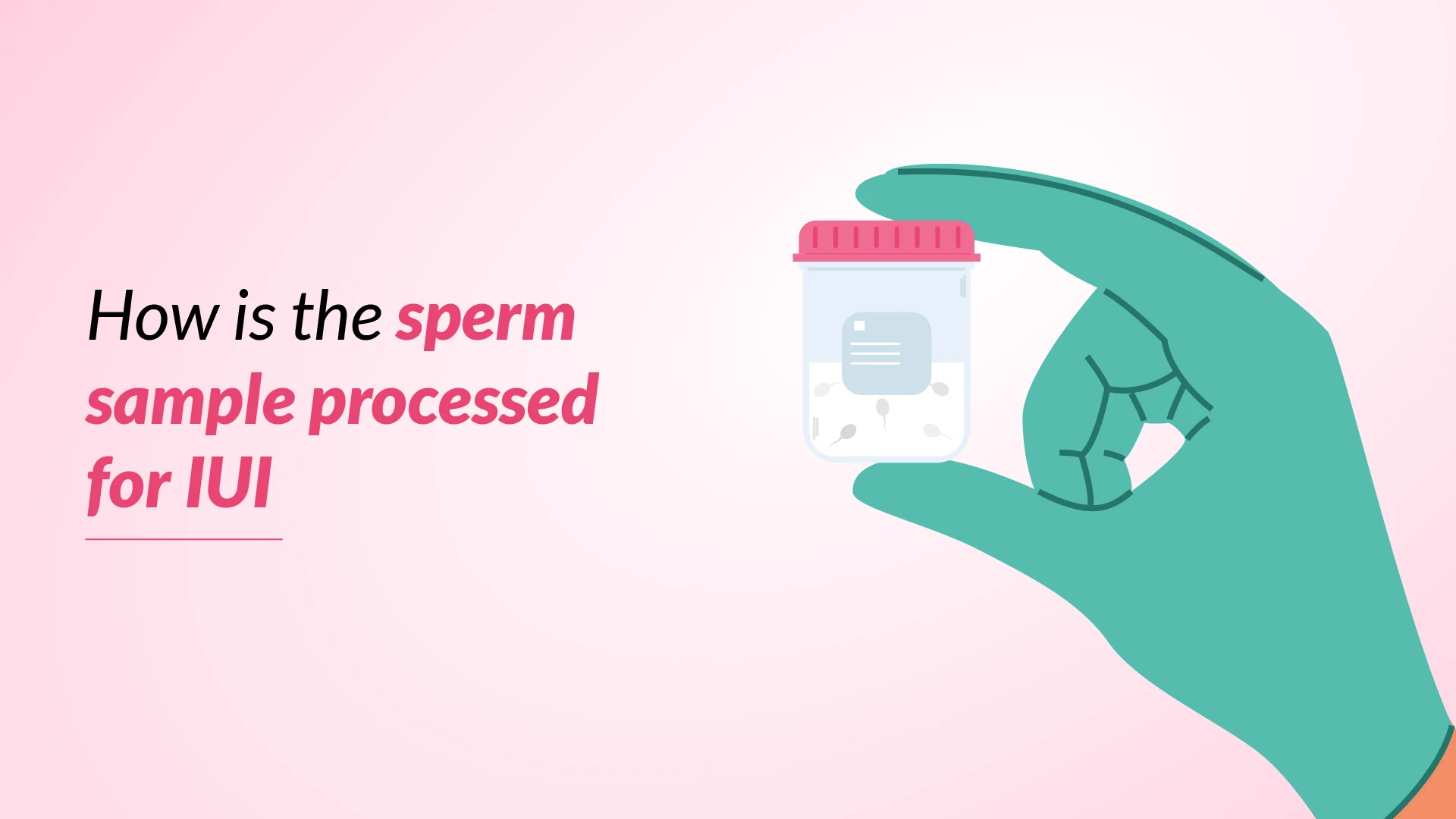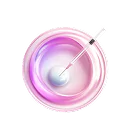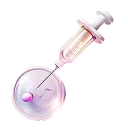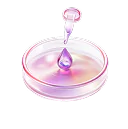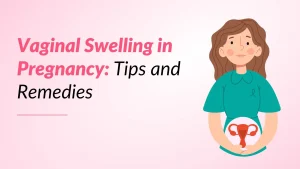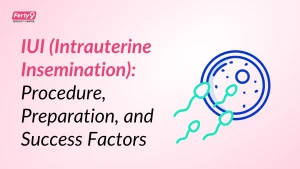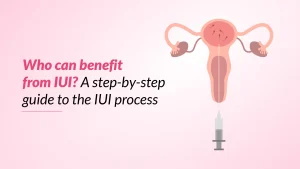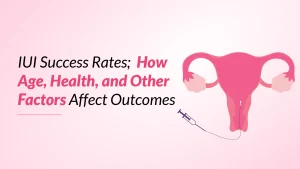For many couples struggling with fertility, IUI offers a ray of hope. This assisted reproductive technique involves placing specially prepared sperm directly into a woman’s uterus during ovulation. But what happens to the sperm sample between collection and insemination?
The journey of that tiny vial of semen is fascinating and crucial. From washing away impurities to concentrating the most motile sperm, each step in the process is designed to maximise the chances of conception.
Whether you’re considering IUI, working in fertility care, or simply curious about reproductive science, understanding sperm sample processing is key to grasping the intricacies of this popular fertility treatment. Let’s know the world of IUI sperm preparation and uncover the science behind giving nature a helping hand.
Also read: Who Can Benefit from IUI?
Why is the Semen Sample Process Required for IUI?
It is a fertility treatment. It involves placing processed sperm directly into a woman’s uterus to facilitate fertilisation. Before the IUI procedure can be performed, the semen sample provided by the male partner will undergo a specific processing technique. This processing is crucial as it helps to separate the most motile and viable sperm from the seminal fluid, which can improve the chances of successful fertilisation and pregnancy.
The semen sample processing is necessary for several reasons:
- Concentration and Motility Improvement: The processing technique helps to concentrate the number of motile sperm, increasing the chances of reaching and fertilising the egg.
- Removal of Seminal Fluid: The seminal fluid contains components that can harm the female reproductive tract, such as prostaglandins and white blood cells. Removing this fluid helps to create a more favourable environment for the sperm to travel to the egg.
- Elimination of Impurities: The processing helps to eliminate impurities, such as dead or immotile sperm, as well as any debris or bacteria that may be present in the semen sample.
- Capacitation: The processing can also help to prepare the sperm for fertilisation by inducing a process called capacitation, which primes the sperm for the acrosome reaction and improves their ability to penetrate the egg.
Also read: Must Know Do’s & Don’ts after IUI procedure
The Sperm Processing Process for IUI
IUI Sample Collection
The semen sample for IUI is typically collected through masturbation in a private room at the fertility clinic. The patient is provided with a sterile collection container and instructed on the proper collection method. The sample must be collected promptly, as the sperm quality can deteriorate if the sample is not processed soon after collection.
Semen Test for Male
Before the IUI procedure, the male partner will usually undergo a semen analysis test to assess the quality and characteristics of the sperm. This test evaluates factors such as sperm count, motility, morphology, and other parameters that affect fertility. The results of this test will help the fertility specialist determine the appropriate processing technique for the semen sample.
Semen Wash
The semen wash is the first step in the processing of the sperm sample for IUI. During this process, the seminal fluid is separated from the sperm. This separation is typically done by centrifuging the semen sample, which allows the sperm to be isolated and concentrated. The seminal fluid is then removed, and the sperm are resuspended in a nutrient-rich medium.
Preparing the Sperm Sample for IUI
After the semen wash, the sperm sample is further processed to prepare it for the IUI procedure. This preparation may involve additional techniques, such as density gradient centrifugation or the swim-up method, to select the most motile and viable sperm. The processed sperm sample is then loaded into a thin catheter, which is used to gently insert the sperm into the woman’s uterus during the IUI procedure.
Also read: How does Work-Life Balance Impact Fertility?
Related Read: Preventing Yeast Infections in Semen
Techniques and Technologies in Sperm Processing
Sperm Wash Techniques
The sperm wash is the foundational step in the processing of the semen sample for IUI. Several techniques can be used to wash the sperm, including:
- Centrifugation: This is the most common method in which the semen sample is centrifuged to separate the sperm from the seminal fluid. The sperm are then resuspended in a nutrient-rich medium.
- Filtration: In this method, the semen sample is passed through a filter that traps the sperm while the seminal fluid is allowed to pass through.
Density Gradient Centrifugation
It is a more advanced technique for purifying the sperm sample. In this method, the semen sample is layered over a gradient of different density media and centrifuged. It allows the sperm to be separated based on density, with the most motile and viable sperm collected from the bottom of the gradient.
Swim-Up Technique
The swim-up technique is another method used to select the most motile sperm for IUI. In this process, the semen sample is placed in a culture medium, and the most motile sperm “swim up” into the medium, which is then collected for use in the IUI procedure.
Puresperm Wash
The Puresperm wash is a proprietary technique that uses a specially formulated medium to selectively isolate the most motile and viable sperm from the semen sample. This method provides a higher sperm concentration with improved morphology and DNA integrity, enhancing the chances of successful fertilisation and pregnancy.
Related read: What do Cramps Indicate after IUI?
Find Hope and Solutions for Female Infertility and Male Infertility —Explore Our Comprehensive Services
IVF Treatment
ICSI Treatment
PICSI Treatment
Fertility Preservation Service
Blastocyst Culture & Transfer Treatment
Genetic Screening & Testing
Conclusion
The processing of the semen sample is a critical step in the IUI treatment process. By separating the most motile and viable sperm from the seminal fluid & other impurities, the fertility specialist can raise the possibilities of successful fertilisation and pregnancy. The specific techniques used may depend on the semen analysis test results and the individual patient’s needs, but the goal remains the same: to optimise the sperm sample for the IUI procedure.







